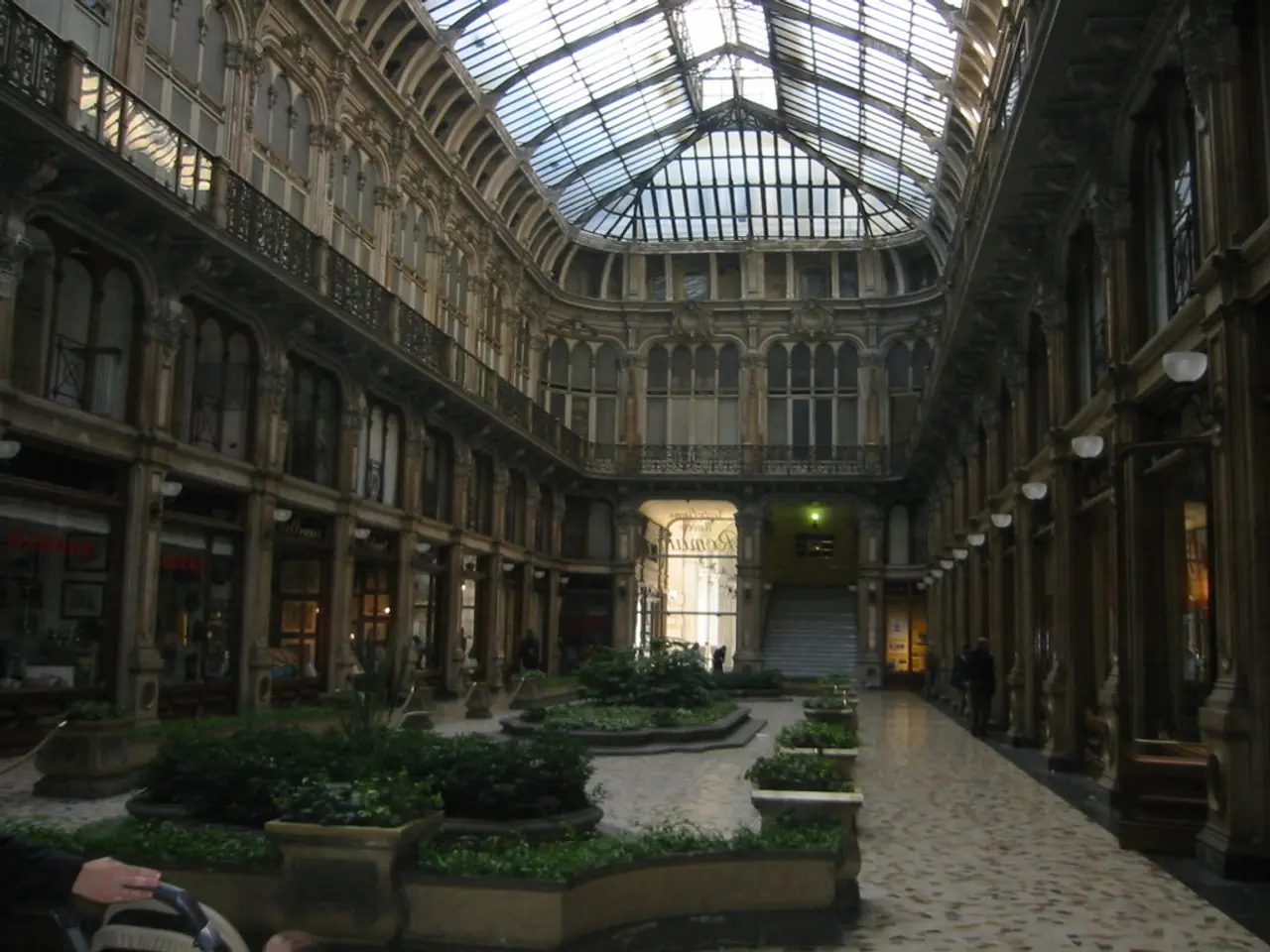Key Groups Team Up to Boost Energy Efficiency in Multi-Family Homes
Efforts to transform the heat sector, particularly in multi-family homes (MFH), are crucial for reducing greenhouse gas emissions. However, progress has been slow due to diverse technical conditions. To support this transition, users need better support in energy and digital literacy, and heat energy feedback should be clear and relatable.
Key organizations like the Wuppertal Institute, Viboo, the Bavarian Cluster for Energy Technology, and ista are developing digital interfaces to enhance energy efficiency in MFH. These interfaces should collect only necessary data to ensure data protection compliance.
Perceived self-efficacy is vital in motivating tenants to adopt energy efficiency measures. However, tenants' openness, indecision, or resistance towards heat energy feedback depends on factors such as energy price awareness, measurement sensors used, and trust in data protection. To encourage energy savings and self-initiated action, digital processing of energy consumption data is essential. This data should be presented in an understandable, action-oriented, and relatable manner.
The transformation of the heat sector in MFH is vital for reducing greenhouse gas emissions. Organizations are working to develop digital interfaces that support users in energy and digital literacy. By ensuring data protection, understanding user motivations, and providing clear, actionable feedback, these interfaces can encourage energy savings and drive the necessary changes.







